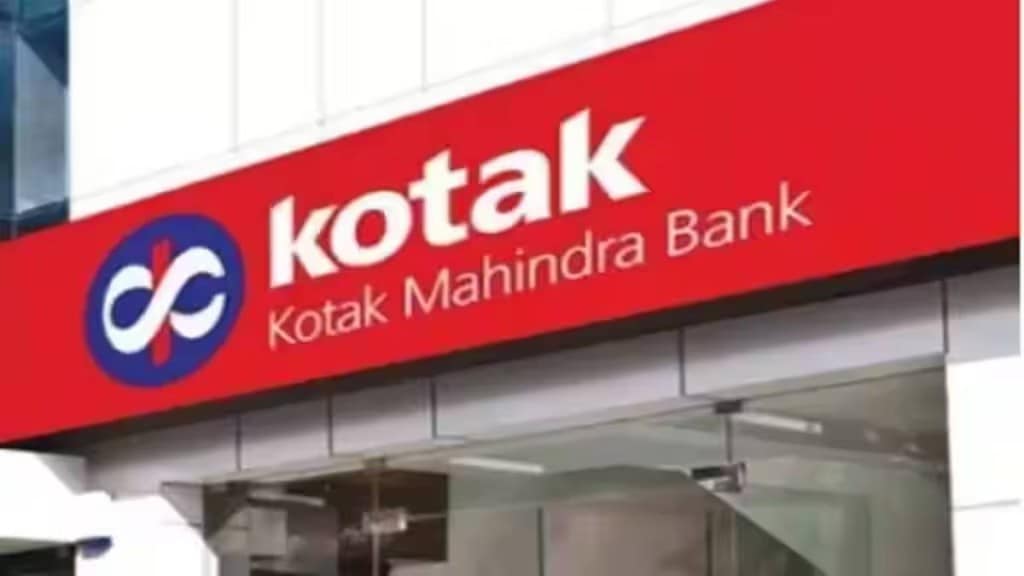Even though delinquencies in the unsecured retail loan segment have been rising, they are still not at worrying levels, believes Kotak Mahindra Bank joint managing director Dipak Gupta. He tells Ajay Ramanathan that the slowdown in utilisation of working capital shows there are parts in the economy which are still stagnant. Excerpts:
In the post-earnings commentary, you have said there is a slowdown in utilisation of working capital, although the demand for new working capital is good. How do plan to grow the corporate loan book considering that you are not doing project finance?
That comment was more from a small and medium-sized enterprises point of view. We are getting a lot more customers, but the utilisation of working capital is not happening at a fast pace for existing customers. To some extent, it shows that the growth in actual requirement of money is not that high at the corporate end. It also tells us about the overall economy in various pieces. Yes, there are parts which are growing, but there are parts which are stagnant.
Do you attribute this to the fact that inflation is down, and so companies automatically need less working capital?
If you see the overall economic growth, growth in the manufacturing side is still muted. You look at fast-moving consumer goods; you look at retail automobile side. All these reflect in the demand for working capital. Projects have not happened, so that part of the growth does not come. The only place on the projects side where one sees some growth is infrastructure because the government is spending a lot there. So, there is a good demand on downstream requirements of project and working capital. But, a lot of normal manufacturing is muted at this point of time.
So, if utilisation limits are not being reached, how will Kotak Mahindra Bank grow the loan book?
I think it is a combination of what we call ETB vs NTB or the existing-to-bank customers versus the new-to-bank customers. One has to look at growth coming from a lot more of NTB. From an overall growth point of view, there are segments that are growing. For example, retail continues to grow. Growth in the wholesale segment has to come from a lot more of NTB.
Your share of unsecured retail loans has risen as on June 30, and so have slippages. How do you assess this in line with the broader regulatory concerns over unsecured retail loans?
In our case, the total unsecured retail is 10.7%, which is still on the lower side within the entire banking spectrum. In our 10.7%, we also include exposure to microfinance individuals because those carry risks like an unsecured portfolio. In comparison to this, most peer banks are around the 15% range. In that context, we are still some way off the industry average level.
Yes, delinquencies have been increasing for the last couple of months and that is what the RBI (Reserve Bank of India) has been worried about. The central bank has also been worried because there has been a lot of growth in this segment. It is a combination of relatively-higher growth and increasing delinquency. However, delinquencies are still not at a level to cause any great worry. It is still below the averages we saw in the pre-Covid level. Hence, there is still some time before we see trouble arising out of this. I would not get worried at this stage. I would start watching it more deeply.
Your CASA ratio has fallen since last year. What is your strategy on deposits going ahead?
There was an expectation that CASA would fall, but we are still the highest in the banking industry. CASA does not happen overnight, it is a slow build. When interest rates change and you want money, you first get to borrow it as term loans because you get that money quickly. CASA takes time to build. You will see CASA catch up all over again. We have introduced a relatively newer product, ActivMoney. That is sort of CASA ultimately because you do not pay interest like it is a term deposit. You pay somewhere in between. From a cost point of view, it is very much like CASA. You look at our CASA as a summation of the base CASA plus ActivMoney. In that case, it goes back to 55-56%.

